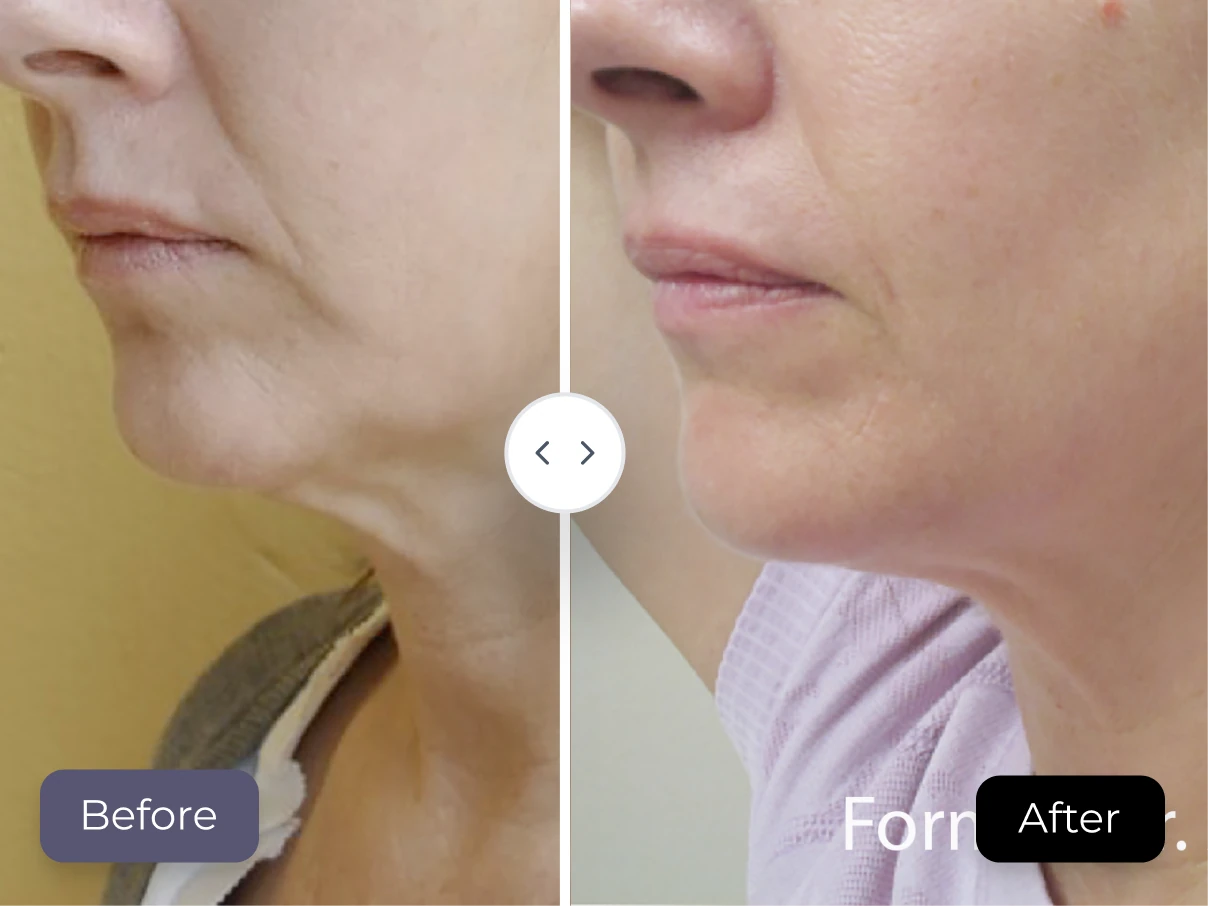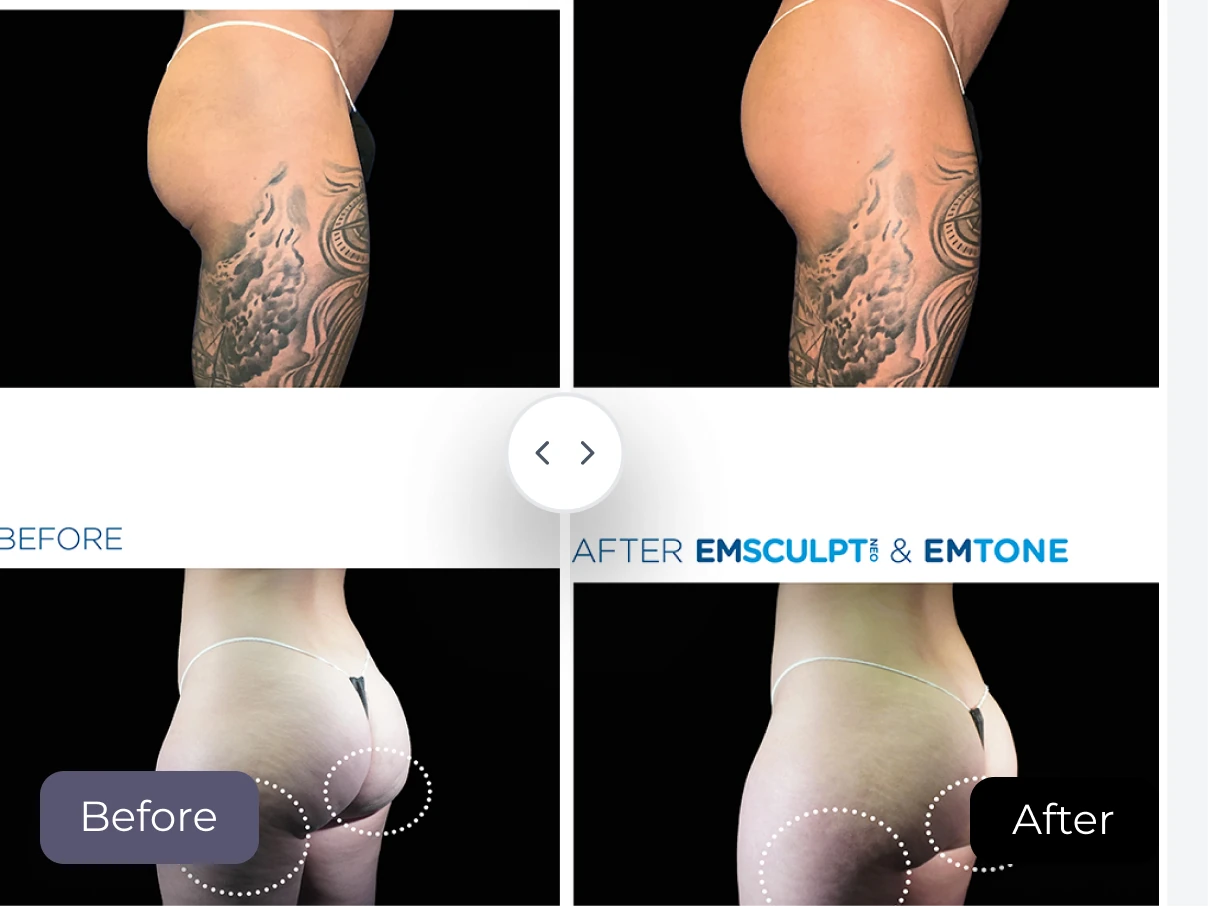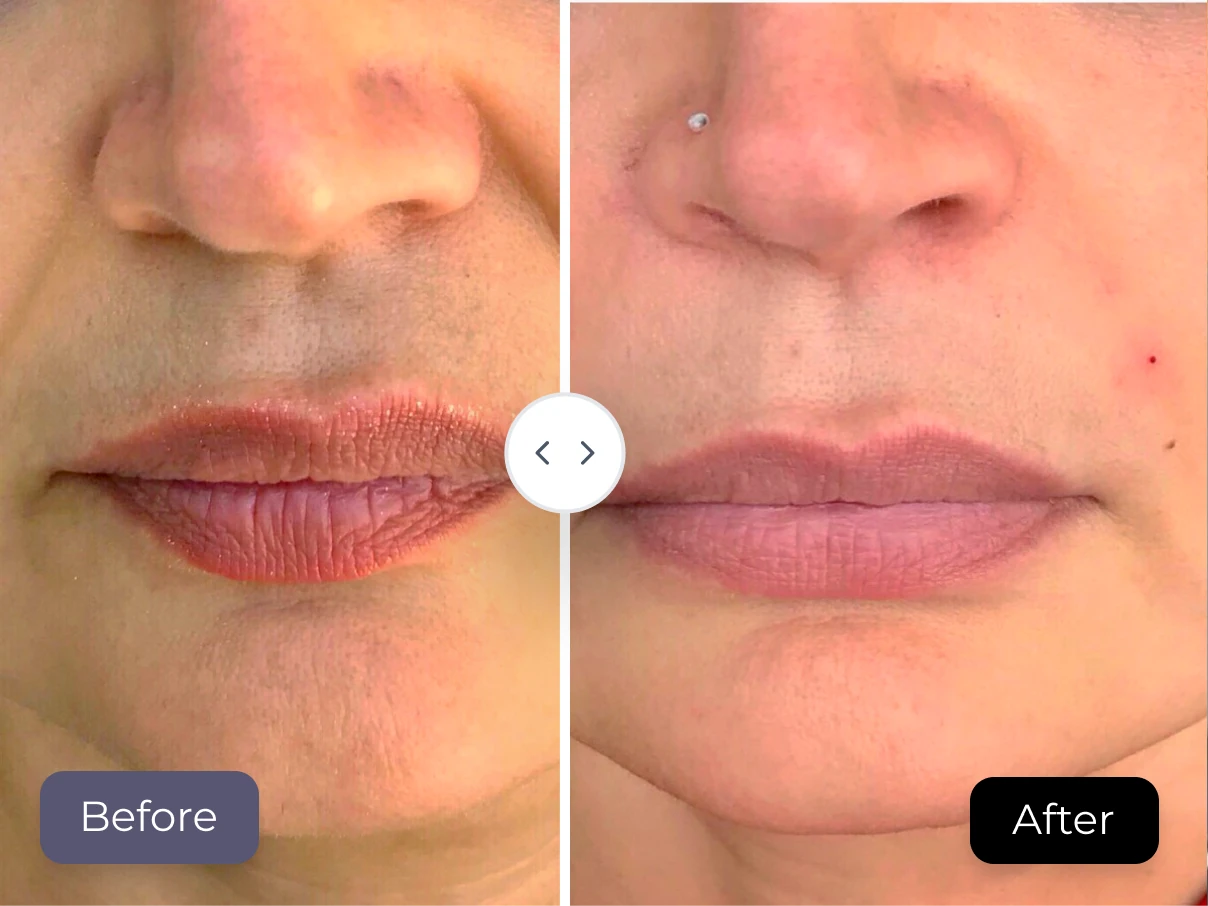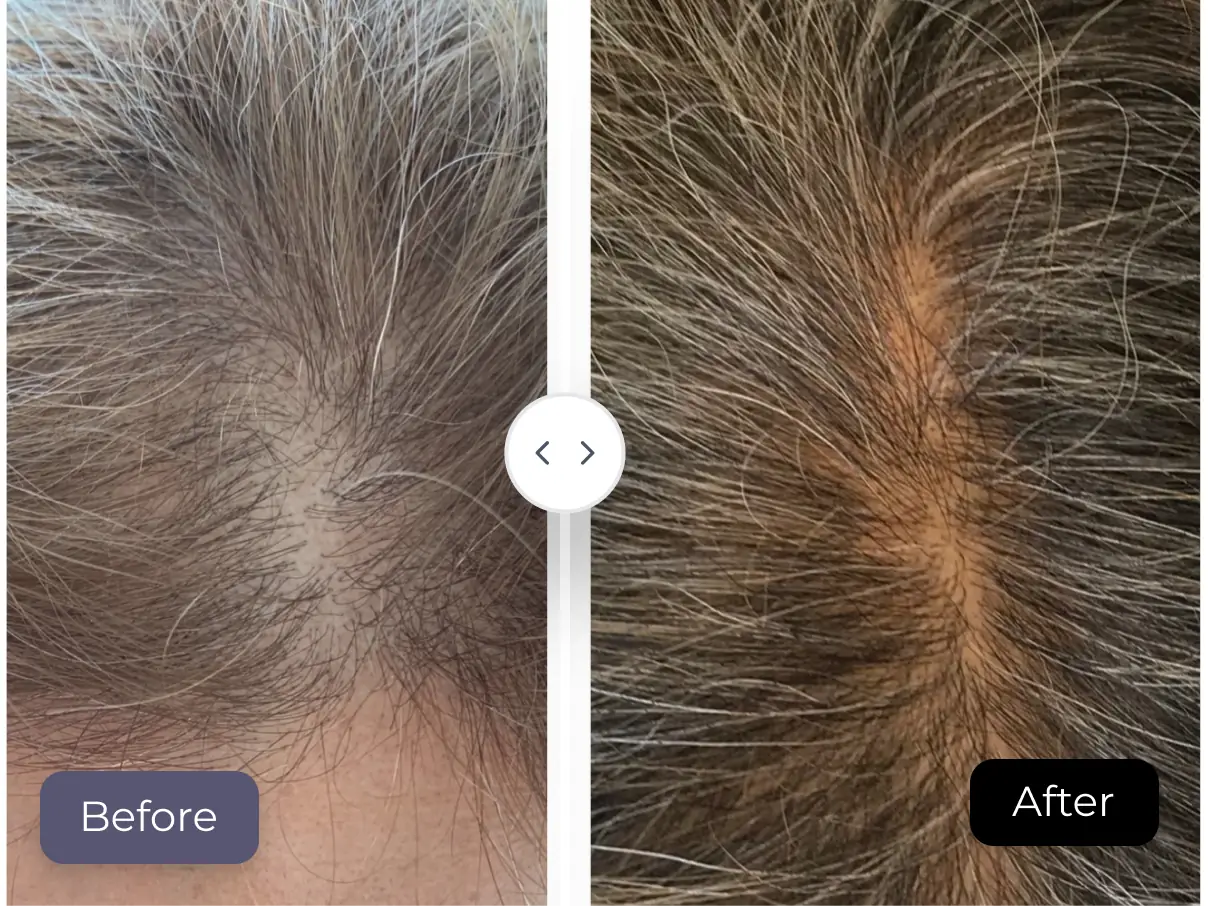At a Glance:
Before starting laser hair removal, avoid sun exposure and stop using exfoliating skincare. The treatment works best on light skin and dark hair, though newer lasers accommodate more skin tones. Multiple sessions are needed for lasting results, and proper aftercare—like sun protection and cooling—is key to recovery. Always consult a qualified provider to reduce risks and ensure the best outcome.
Laser hair removal has become one of the most effective long-term solutions for managing unwanted hair. For those tired of the constant cycle of shaving, waxing, or tweezing, it offers a safe and lasting alternative.
At its core, the treatment uses concentrated beams of light that target melanin in the hair shaft. This energy converts to heat, which damages the hair follicle and slows or stops future growth. While results vary from person to person, laser hair removal can lead to noticeably smoother skin with the right preparation and care.
This guide outlines ten essential things to consider before starting laser hair removal—from candidacy and preparation to risks, aftercare, and choosing the right provider in Canada.
1. Avoid Sun Exposure Before and After Treatment
Sun exposure before or after your laser session can significantly increase the risk of side effects like burns, blistering, and pigmentation changes. That’s because tanned or sunburned skin absorbs laser energy differently, which may lead to uneven results or skin irritation.
If you’ve recently been in the sun, your provider may recommend postponing treatment until your tan fades. Likewise, after a session, your skin becomes more photosensitive and needs protection to heal properly.

What to do:
- Avoid direct sun exposure and tanning beds for at least 2 weeks before and after each session.
- Apply a broad-spectrum sunscreen with SPF 30 or higher daily, even on cloudy days.
- Wear protective clothing and avoid scheduling treatments close to vacations or outdoor events.
Let your laser technician know about any upcoming travel or outdoor plans—this helps them time your sessions safely and effectively.
2. When to Expect Visible Results
Laser hair removal doesn’t work overnight—it’s a gradual process that targets hair during its active growth phase. Most people begin to notice shedding and thinning about two to three weeks after their first session.
For optimal, long-lasting results, a full course of 6 to 12 treatments is typically required, spaced several weeks apart. That’s because hair grows in cycles, and each session only affects a portion of follicles actively growing at the time.
What to expect:
- Gradual thinning after a few sessions—not instant smoothness.
- Slower, finer regrowth between appointments.
- Fewer ingrown hairs and longer-lasting smoothness over time.
Your provider will monitor your progress and tailor the treatment plan to your hair type, skin tone, and target area.
3. Keep Cool for 24 Hours After Treatment
After a laser hair removal session, your skin may feel warm or slightly sensitive. This is a normal reaction as your hair follicles respond to the laser’s heat. However, it’s important to avoid activities that raise your body temperature during the first 24 hours, as this can irritate the skin or increase the risk of bacterial infection.
Avoid the following for at least one day post-treatment:
- Hot showers or baths
- Intense workouts or cardio
- Saunas, steam rooms, or hot yoga
- Tight clothing that traps heat
Instead, opt for lukewarm water when cleansing, wear loose-fitting clothing, and apply a cold compress if needed to soothe the treated area.
These precautions help reduce inflammation, prevent breakouts, and support faster recovery.
4. Rare Side Effect: Paradoxical Hypertrichosis
In rare cases, laser hair removal can cause certain hair types—especially fine or light hairs—to grow back thicker or longer. This phenomenon is called paradoxical hypertrichosis, and while uncommon, it’s important to be aware of it before treatment.
This effect tends to occur more frequently in individuals with darker skin tones or in areas with vellus hair (fine, light-coloured hair that’s not usually targeted by the laser).
What helps reduce this risk:
- A proper skin and hair assessment during your consultation
- Using the right type of laser (e.g., Nd:YAG for deeper skin tones)
- Avoiding at-home or unqualified providers who may use inappropriate settings
A qualified technician will evaluate your hair type and advise if laser hair removal is likely to deliver the results you want—or if alternative methods may be better suited.
5. Sensitive Areas Require Extra Caution
Laser hair removal is safe for most body areas, but certain zones—especially around the eyes, eyelids, and eyebrows—require extreme caution or should be avoided altogether. These regions are more vulnerable to accidental laser exposure, which can lead to serious eye injuries, even with protective eyewear.
Other delicate areas, like the bikini line or upper lip, are commonly treated but may be more sensitive to discomfort or post-treatment redness. A skilled technician can adjust the settings and use appropriate cooling systems to make the process safer and more comfortable.
Safety Tips:
- Never undergo laser treatment near the eyes without medical-grade protection.
- Trust only certified providers experienced with facial areas.
- Ask whether the laser being used is suitable for the specific treatment zone.
Your provider will guide you through what’s safe and recommend alternatives for any areas that aren’t ideal for laser treatment.
6. Prepare Properly for Best Results
Proper preparation before your laser appointment helps ensure a safe, effective treatment with minimal side effects. Your provider will guide you based on your skin and hair type, but a few universal steps apply to nearly everyone.
Start by sharing your full medical history, including current medications, skin sensitivities, and past cosmetic treatments. It’s also helpful to manage your expectations—laser hair removal significantly reduces hair, but results can vary.
Before-and-after photos can be useful for tracking progress over time.
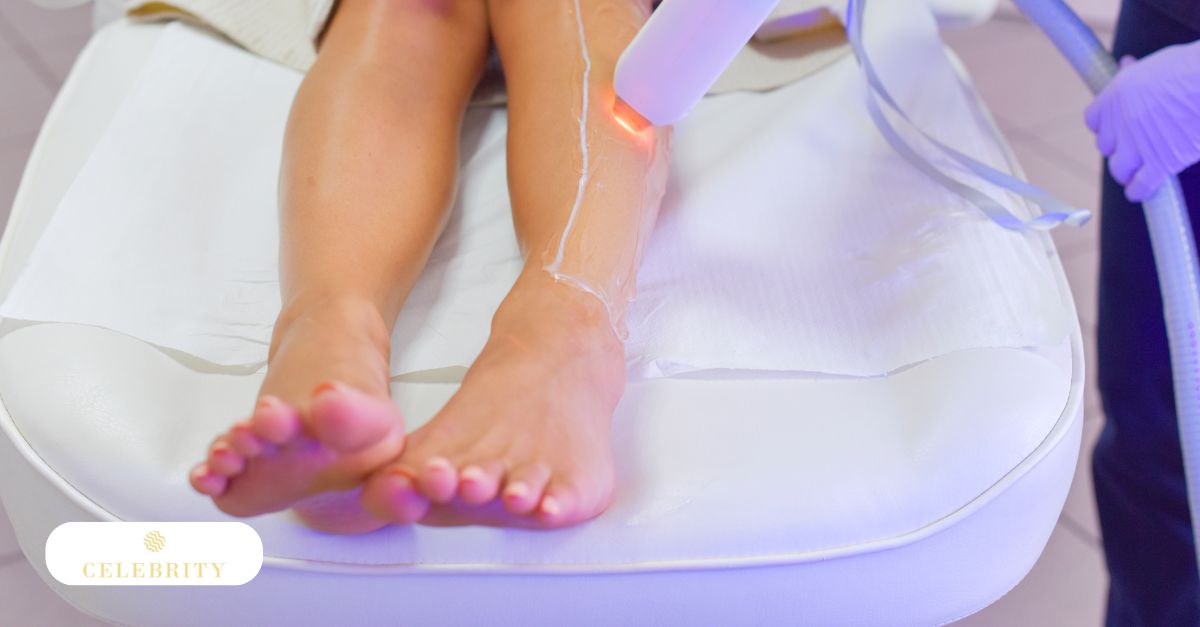
Pre-Treatment Preparation Checklist
To get the best results and reduce the risk of irritation or side effects, follow these general guidelines in the weeks leading up to your session:
2 Weeks Before Treatment:
✅ Avoid sun exposure and tanning beds. UV exposure increases the risk of burns and pigmentation issues.
✅ Stop using self-tanners. These may interfere with the laser’s targeting and increase sensitivity.
1 Week Before Treatment:
✅ Discontinue exfoliants and active skincare. Pause products with retinoids, glycolic acid, salicylic acid, or benzoyl peroxide to reduce sensitivity.
✅ Avoid waxing, tweezing, or depilatory creams. These remove the hair follicle, which the laser needs to target.
24–48 Hours Before Treatment:
✅ Shave the treatment area. This clears surface hair without disturbing the follicle, allowing the laser to work effectively.
✅ Keep skin clean and product-free. Avoid lotions, makeup, deodorants, or fragrances on the treatment area.
Important Medical Disclosures:
✅ Let your provider know if you’ve used Accutane, antibiotics, or medications that increase photosensitivity.
✅ Mention any recent chemical peels, Botox, or microneedling in the treated area.
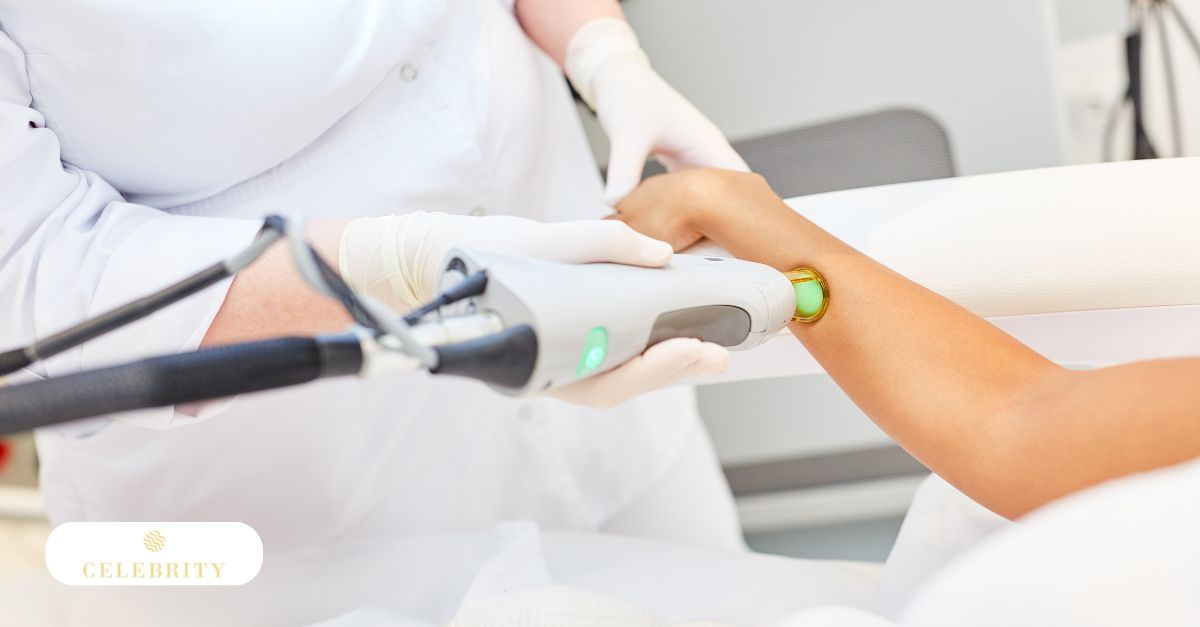
7. Am I a Good Candidate for Laser Hair Removal?
Laser hair removal is not a one-size-fits-all solution. Its safety and success depend on your skin tone, hair colour, medical history, and overall treatment goals. A professional consultation is essential to determine whether this approach is right for you.
Keep Reading: Can You Get Laser Hair Removal with Tattoos?
Skin Tone and Hair Colour
Laser technology works by targeting melanin, the pigment that gives hair its colour. Traditionally, the treatment has worked best on people with light skin and dark hair, as the contrast allows the laser to focus energy on the follicle more precisely.
Fortunately, modern devices—like Nd:YAG and diode lasers—can safely treat deeper skin tones (Fitzpatrick types IV–VI) with fewer risks. However, blonde, red, grey, or white hair contains less melanin and may not respond as effectively to treatment.
If your hair lacks pigment or responds poorly to laser, you might benefit more from other techniques like waxing, sugaring, or electrolysis. You can compare options by understanding different hair removal methods that suit your skin and hair type.
Medical Conditions and Medications
Certain health factors and medications may affect your suitability:
- Photosensitizing medications (e.g., antibiotics, acne treatments) may increase the risk of burns or pigment changes.
- Hormonal imbalances such as PCOS can lead to regrowth that requires more frequent maintenance.
- A history of keloid scarring or pigmentation disorders calls for extra caution and close supervision.
Why Consultations Matter
A licensed provider will:
- Review your medical and skincare history
- Evaluate your skin and hair using the Fitzpatrick scale
- Ask about recent sun exposure or cosmetic treatments
- Recommend the right laser type and session plan
These steps ensure that your treatment is not only effective but also tailored to your unique skin and hair characteristics.
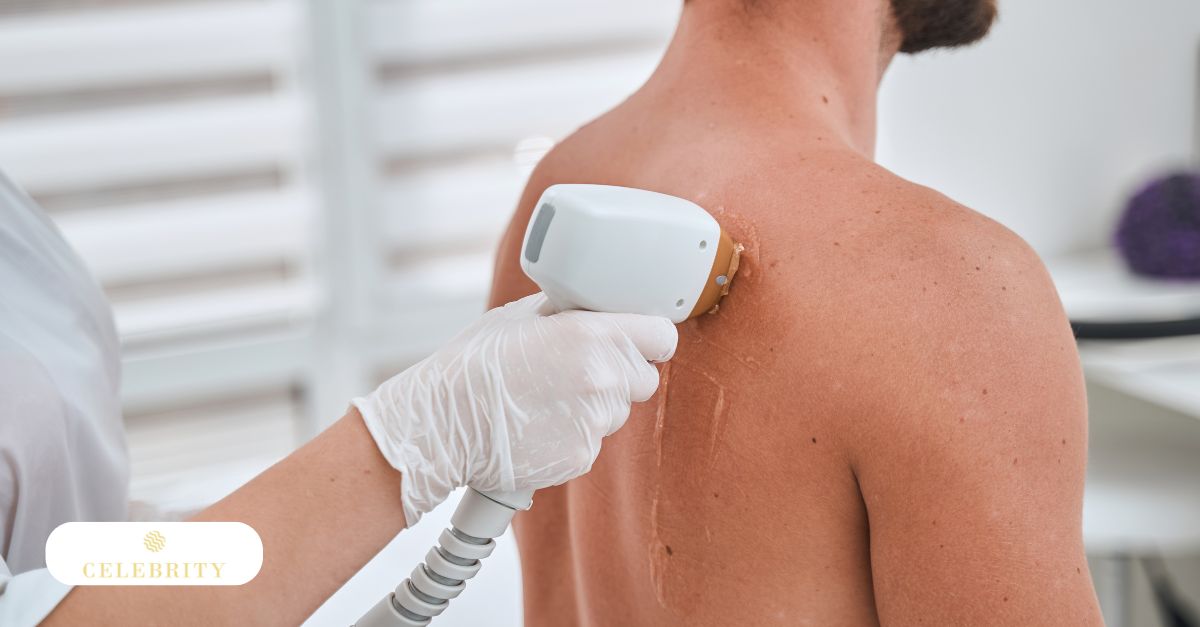
8. Possible Risks and Side Effects
Laser hair removal is generally safe when performed by trained professionals, but like any cosmetic procedure, it carries some risk. Understanding these side effects in advance helps you make informed decisions and manage expectations.
Common Reactions
Temporary redness, swelling, and mild discomfort are normal. These usually resolve within a few hours and can be soothed with a cold compress. The treated area may feel like a mild sunburn for a short time after your session.
Skin Sensitivity and Pigment Changes
Depending on your Fitzpatrick skin type, you may be prone to hyperpigmentation (dark spots) or hypopigmentation(light spots). These effects are typically temporary and more likely if the wrong laser type is used or post-care is neglected.
If your skin is already reactive or easily irritated, following [skincare tips for sensitive skin] becomes especially important before and after each session to prevent adverse reactions.
Photosensitivity Risks
Some medications—such as certain antibiotics, acne treatments, or hormonal therapies—can increase your skin’s sensitivity to light. Using these products before treatment raises the risk of burns or discolouration. Always disclose your current prescriptions and skincare regimen to your provider during consultation.
Minimizing Risks
Choosing a qualified, experienced technician and the right laser type (e.g., Nd:YAG, diode, or Alexandrite) significantly reduces the chance of complications. Clinics like Celebrity Laser & Skin Care follow rigorous protocols to ensure each treatment is tailored for safety and effectiveness.
9. Shaving Between Sessions: What’s Safe and What’s Not
Shaving is the only recommended hair removal method between your laser sessions. It preserves the hair follicle, allowing the laser to effectively target and disable future growth.
By contrast, waxing, plucking, or threading pull the hair out from the root—interrupting the laser’s work and reducing treatment effectiveness.
Best Practices for Shaving Between Sessions:
✅ Shave 24–48 hours before each session. This removes surface hair while minimizing skin irritation on the day of your appointment.
✅ Use a clean, sharp razor. Dull blades can lead to nicks, ingrown hairs, or skin sensitivity.
✅ Skip shaving if the skin is irritated, sunburned, or still healing from a previous session.
Your provider may offer additional guidance based on your skin type and the area being treated. Following these recommendations ensures smoother sessions and better results over time.
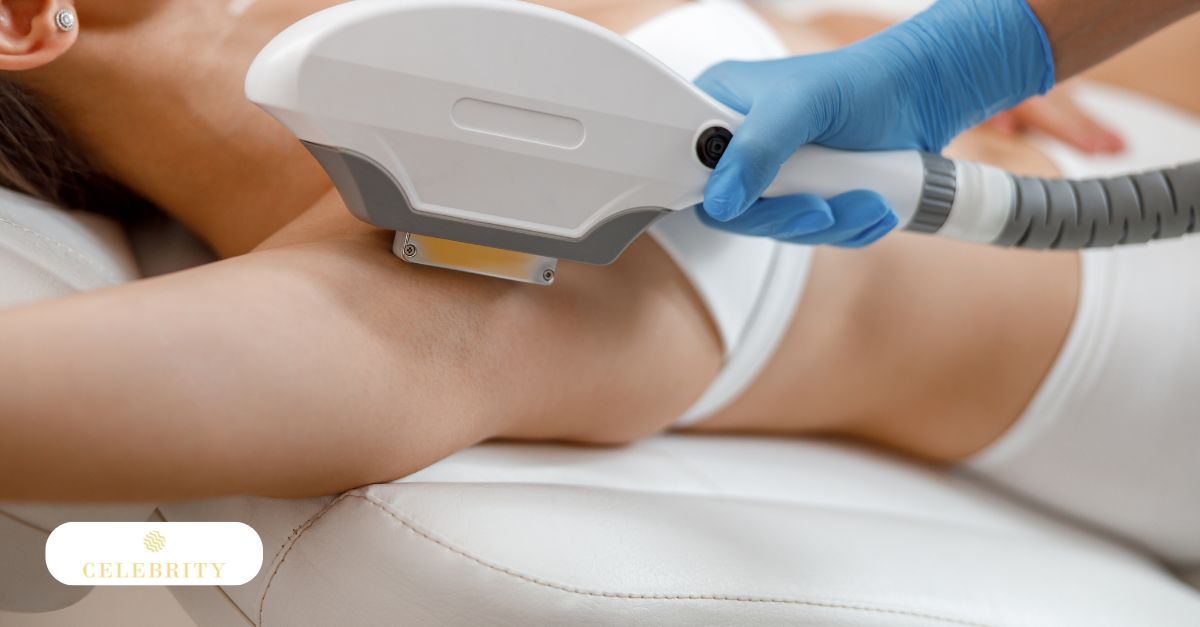
10. How to Choose the Right Laser Clinic
Not all laser clinics offer the same level of care. Choosing a reputable provider is essential for achieving safe, effective results—especially if you have sensitive skin, deeper skin tones, or complex medical considerations.
What to Look For in a Clinic:
✅ Credentials and oversight. Ensure your technician is certified and works under the supervision of a qualified medical professional, such as a dermatologist or licensed aesthetic physician.
✅ Advanced laser technology. Clinics should offer a variety of devices—such as Nd:YAG, diode, and Alexandrite lasers—to safely treat different hair colours and skin types.
✅ Clean, professional environment. Treatment rooms should be hygienic, staff should follow strict safety protocols, and protective eyewear must be used at all times.
✅ Thorough consultations. Your provider should assess your skin type, medical history, and expectations honestly—without pressure.
If you’re unsure how to evaluate a provider, these choosing the right dermatologist for you tips can help guide your decision-making, especially when navigating cosmetic clinics.
At Celebrity Laser & Skin Care, we offer physician-supervised care, medical-grade lasers, and personalized plans based on years of experience treating diverse skin and hair profiles. Your safety and comfort are always our top priorities.
Aftercare Essentials: Healing Right for Lasting Results
Now that you know what to consider before starting treatment, it’s equally important to understand how to care for your skin afterwards. Proper post-laser care helps your skin recover quickly, minimizes complications, and enhances long-term results.
What to Expect After Your Session:
✅ Mild redness and swelling around the treated follicles is normal and typically fades within a few hours. Applying a cold compress can help soothe the area.
✅ Slight sensitivity or tightness may occur, similar to a mild sunburn.
How to Care for Your Skin:
✅ Protect from sun exposure. Your skin becomes more vulnerable to UV damage after treatment. Apply a broad-spectrum SPF 30 or higher, and avoid direct sun for at least one week.
✅ Avoid heat and friction. Skip hot showers, saunas, or workouts for 24–48 hours to prevent irritation.
✅ Keep the area clean and hydrated. Use a gentle, fragrance-free cleanser and moisturizer.
You may notice treated hairs gradually shedding over the course of 1–3 weeks. This is part of the natural elimination process—not regrowth.
For more tips on soothing, protecting, and maintaining your skin after laser sessions, explore our post-treatment care for cosmetic procedures recommendations tailored to sensitive or healing skin.
If you experience any signs of prolonged irritation, pigment changes, or blistering, consult your provider promptly.
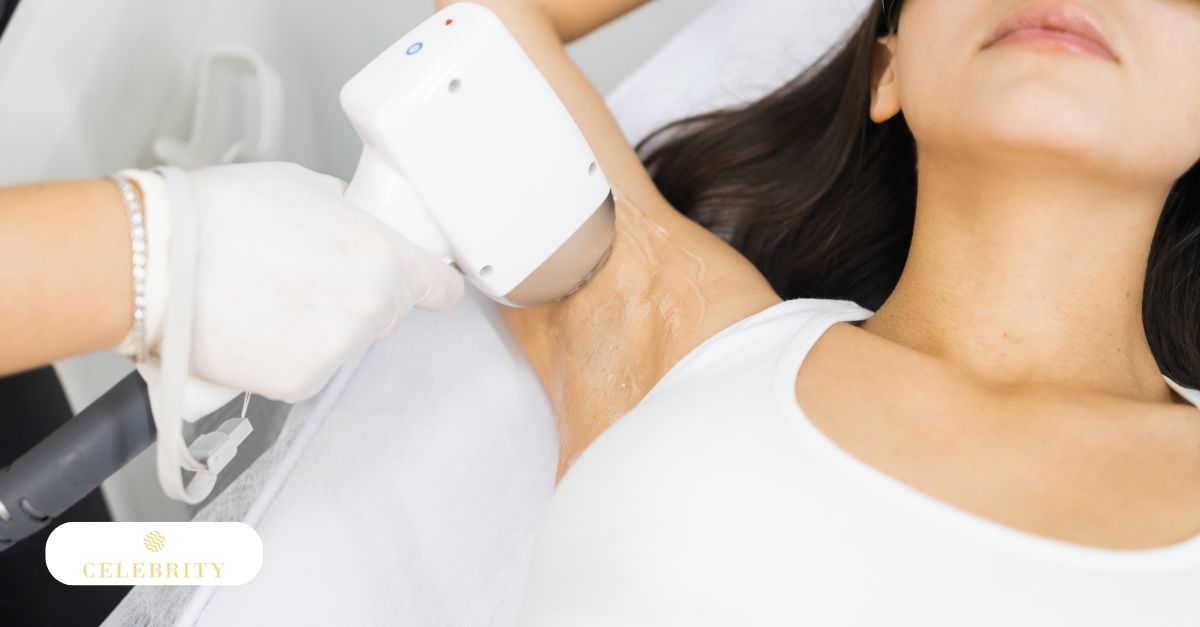
How many sessions are needed for permanent hair removal?
Laser hair removal is a gradual process that requires consistency. You won’t see complete results after just one session—most people need a series of treatments spaced over time to target hair during its active growth phase.
Typical Treatment Timeline:
✅ Most clients need 6 to 8 sessions to achieve noticeable, lasting hair reduction.
✅ Treatments are usually spaced 4 to 6 weeks apart, depending on the body area and hair density.
✅ Areas like the face may require more frequent touch-ups due to hormonal influences, while legs or arms may respond faster.
What Affects the Number of Sessions?
✅ Hair colour and thickness: Darker, coarser hair absorbs laser energy more efficiently.
✅ Skin tone: Some devices require more gradual treatment for deeper skin tones to minimize pigment risks.
✅ Hormonal conditions: PCOS or other imbalances may require ongoing maintenance.
✅ Treatment area: Hair growth cycles vary by location.
While many people achieve lasting smoothness, occasional touch-up sessions may be needed, especially for areas influenced by hormones.
For pricing transparency, check our [cost breakdown of cosmetic treatments] to see how session costs align with your goals and treatment plan.
Is Laser Hair Removal Painful? What to Expect During Treatment
One of the most common questions first-time clients ask is whether laser hair removal hurts. The short answer? It depends—on your individual pain tolerance, the body area being treated, and the type of laser used.
What It Feels Like
Most people describe the sensation as a quick snap, like a rubber band lightly hitting the skin. Areas with thicker or coarser hair (such as the bikini line or underarms) may feel more intense, while zones like the legs or arms tend to be more tolerable.
Fortunately, modern devices such as diode, Nd:YAG, and Alexandrite lasers often include built-in cooling features that reduce heat and discomfort during the session.
Pain Management Options
If you’re concerned about sensitivity:
- Ask about numbing creams that can be applied before treatment.
- Let your technician know in advance, especially for facial or intimate areas.
- Know that the discomfort usually lessens with each session as the hair becomes finer and sparser.
At Celebrity Laser & Skin Care, we prioritize client comfort by tailoring every treatment to your skin type, treatment area, and personal tolerance—so you feel at ease from start to finish.
Conclusion
Laser hair removal is more than just a cosmetic procedure—it’s a commitment to long-term results, guided by the right preparation, technology, and care. By understanding your candidacy, preparing your skin properly, and following professional aftercare, you set yourself up for safer sessions and smoother outcomes.
At Celebrity Laser & Skin Care, we’re here to guide you through every step of the process with advanced tools, experienced technicians, and a personalized approach tailored to your skin and goals.
Ready to take the next step? Book your consultation today and experience the ease and confidence of long-lasting, low-maintenance skin.


